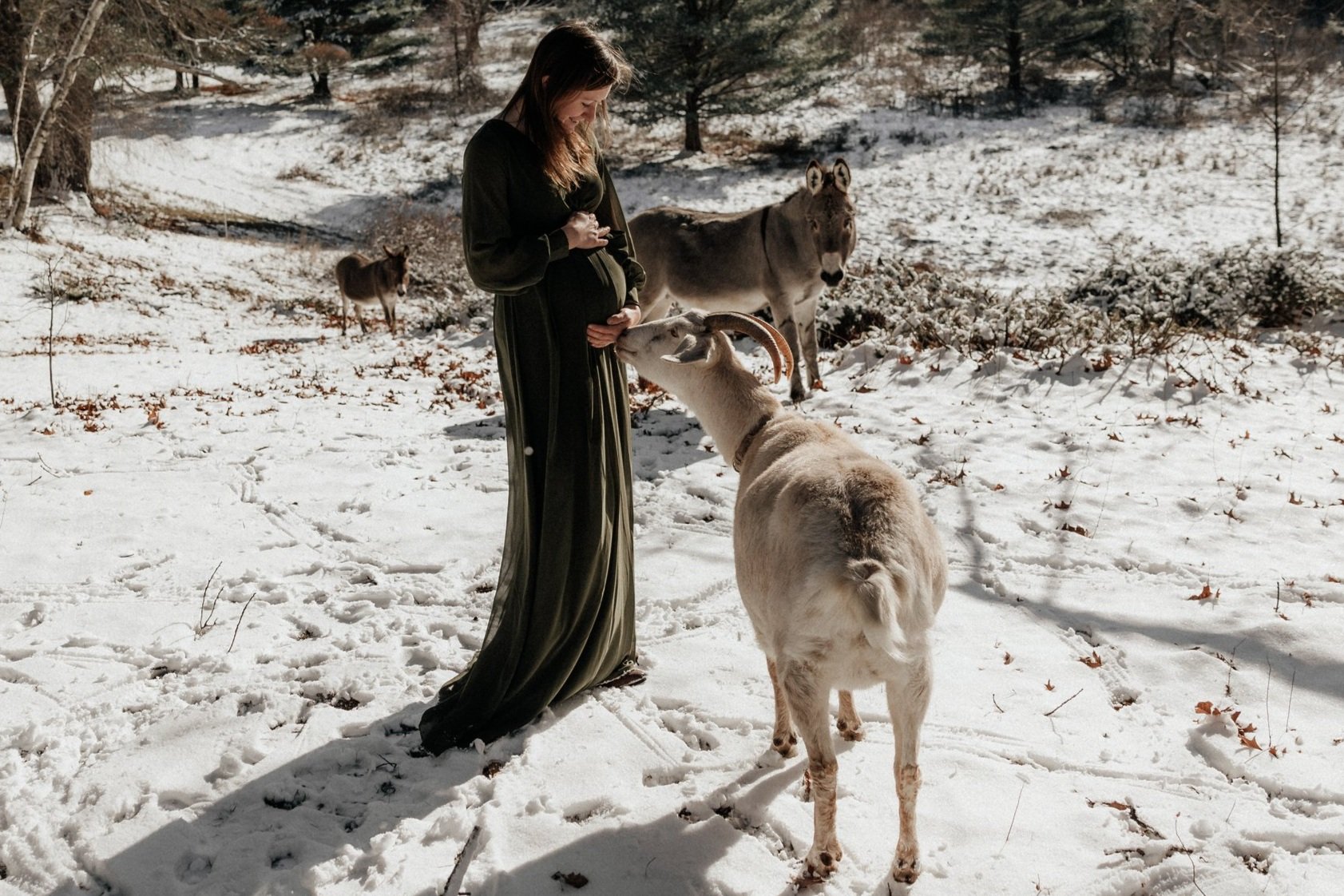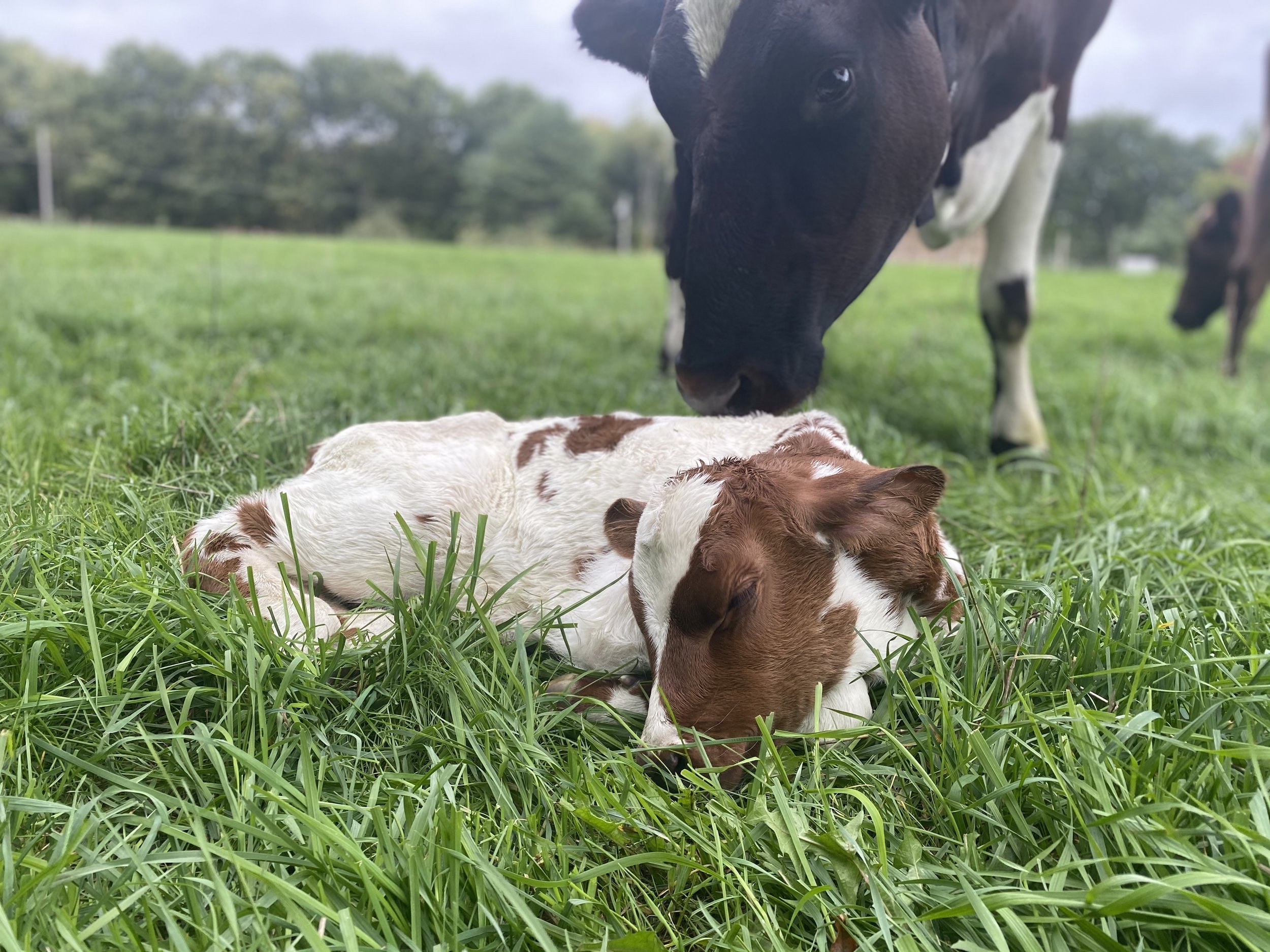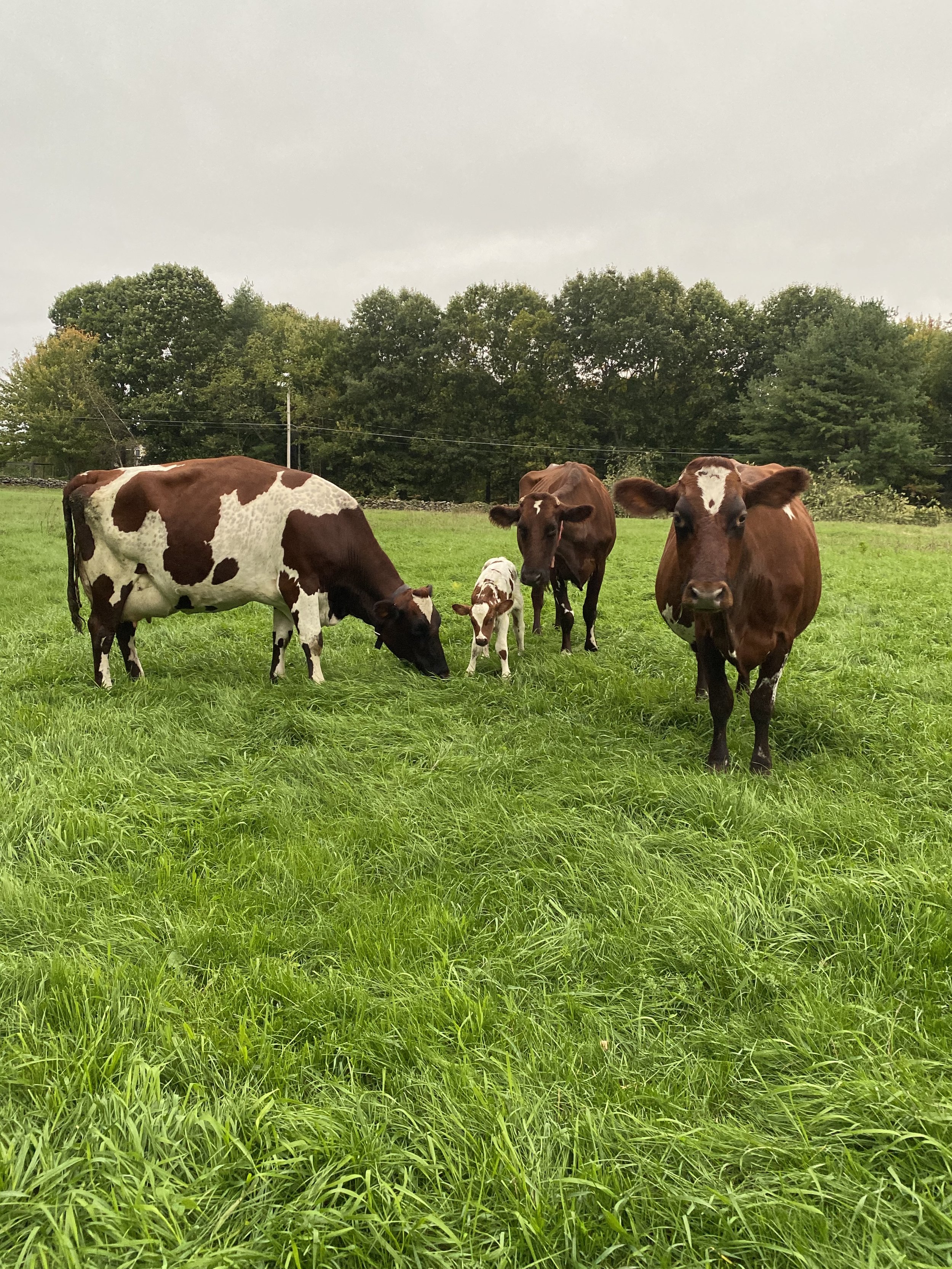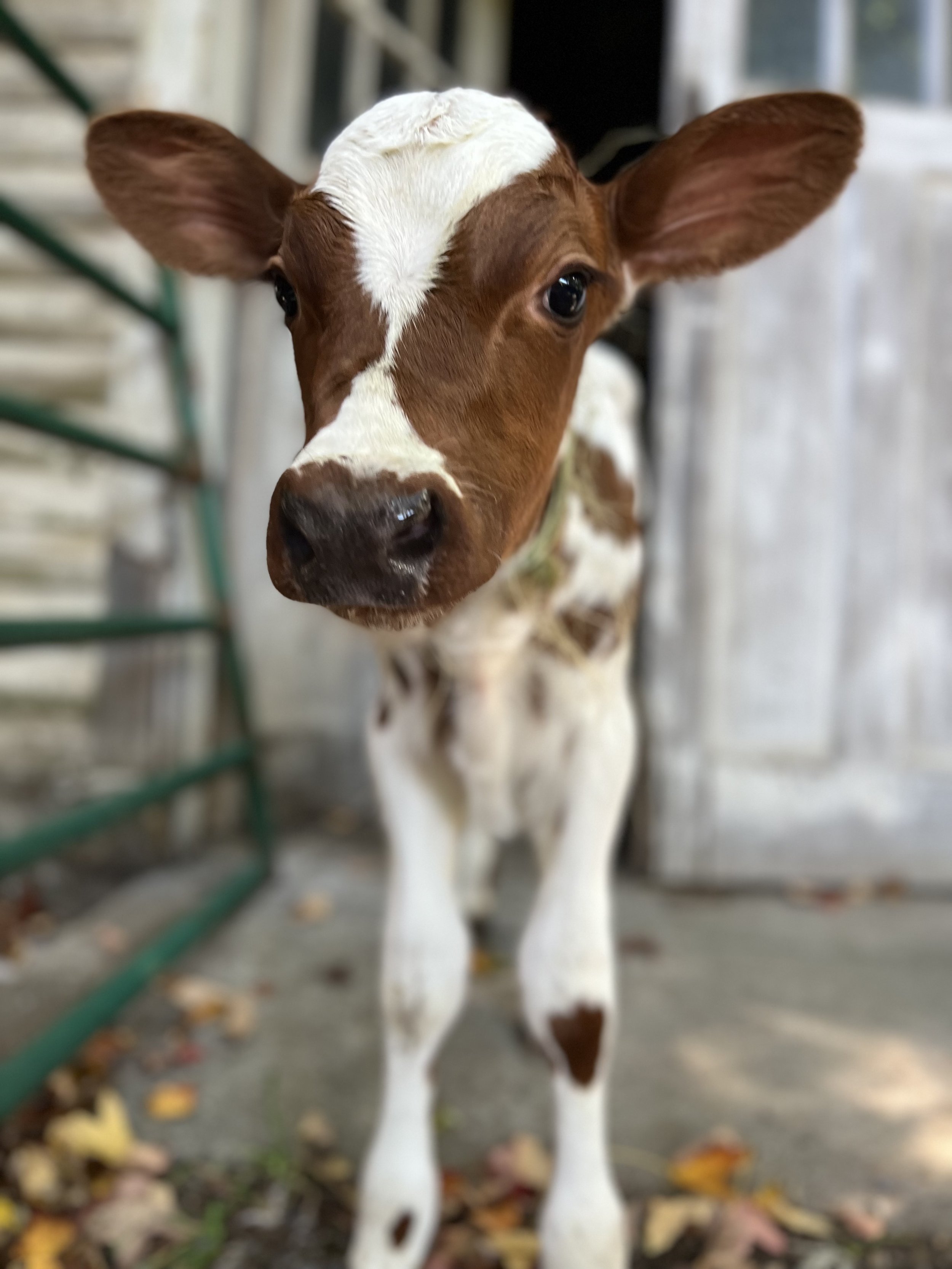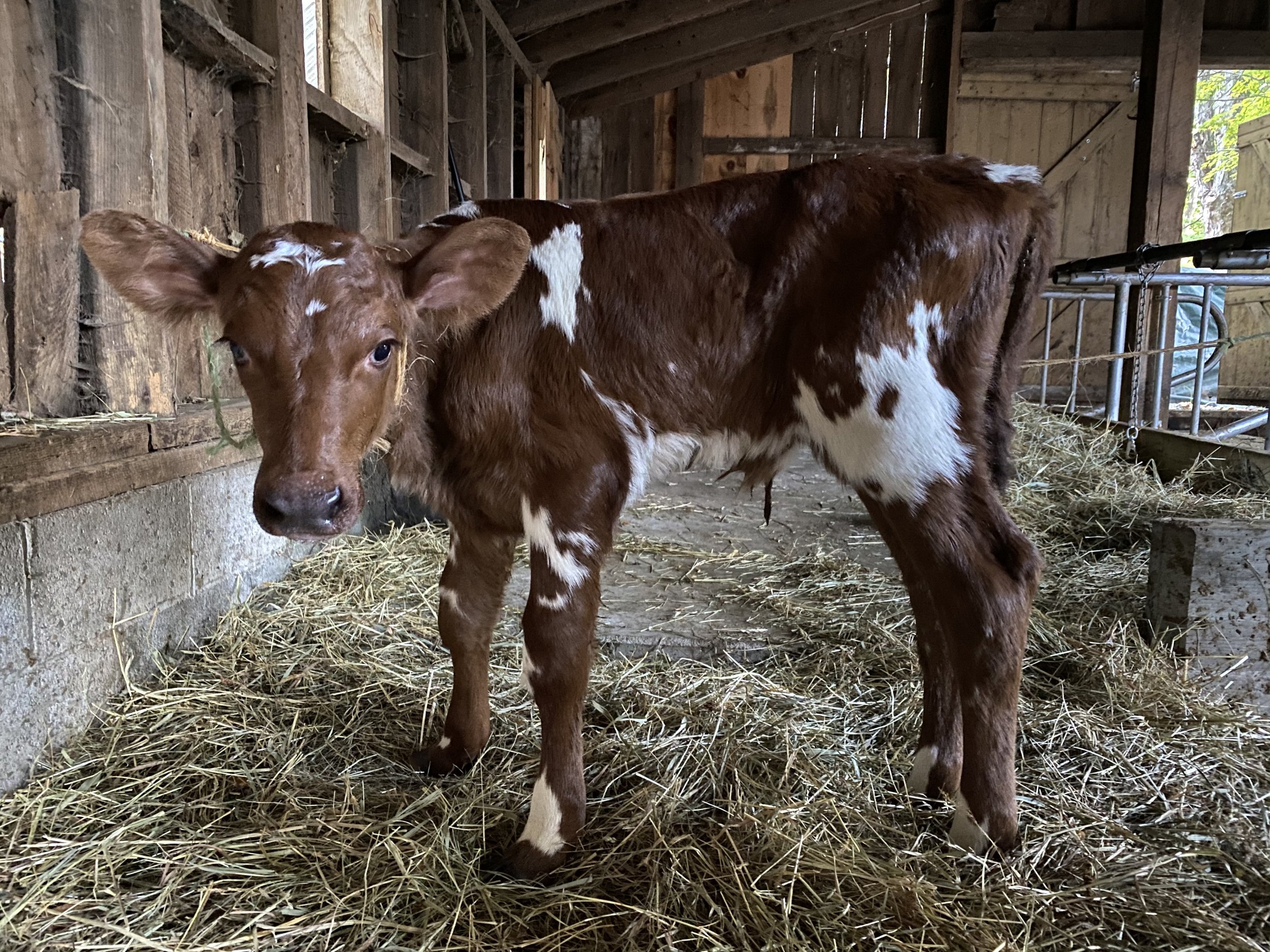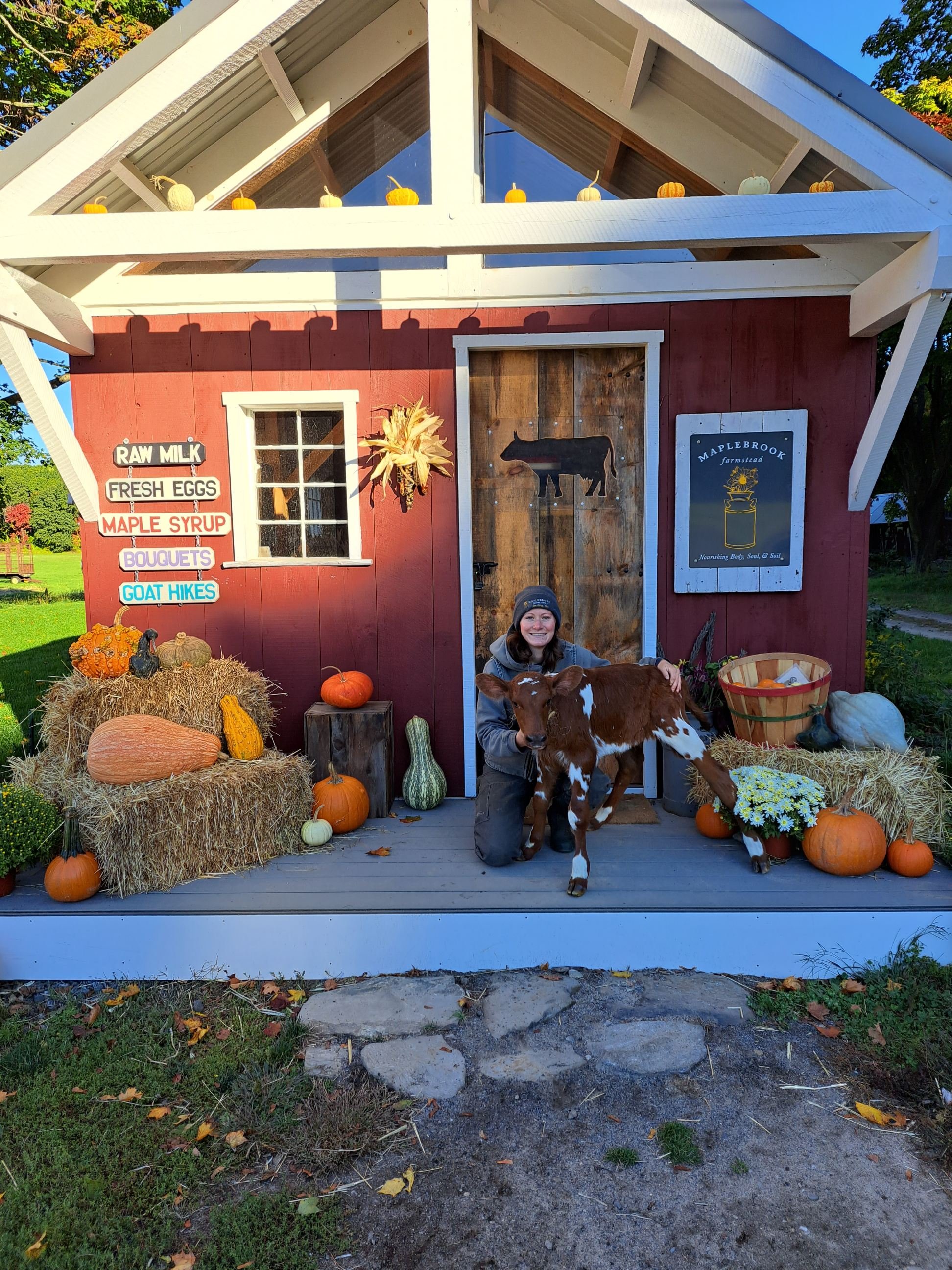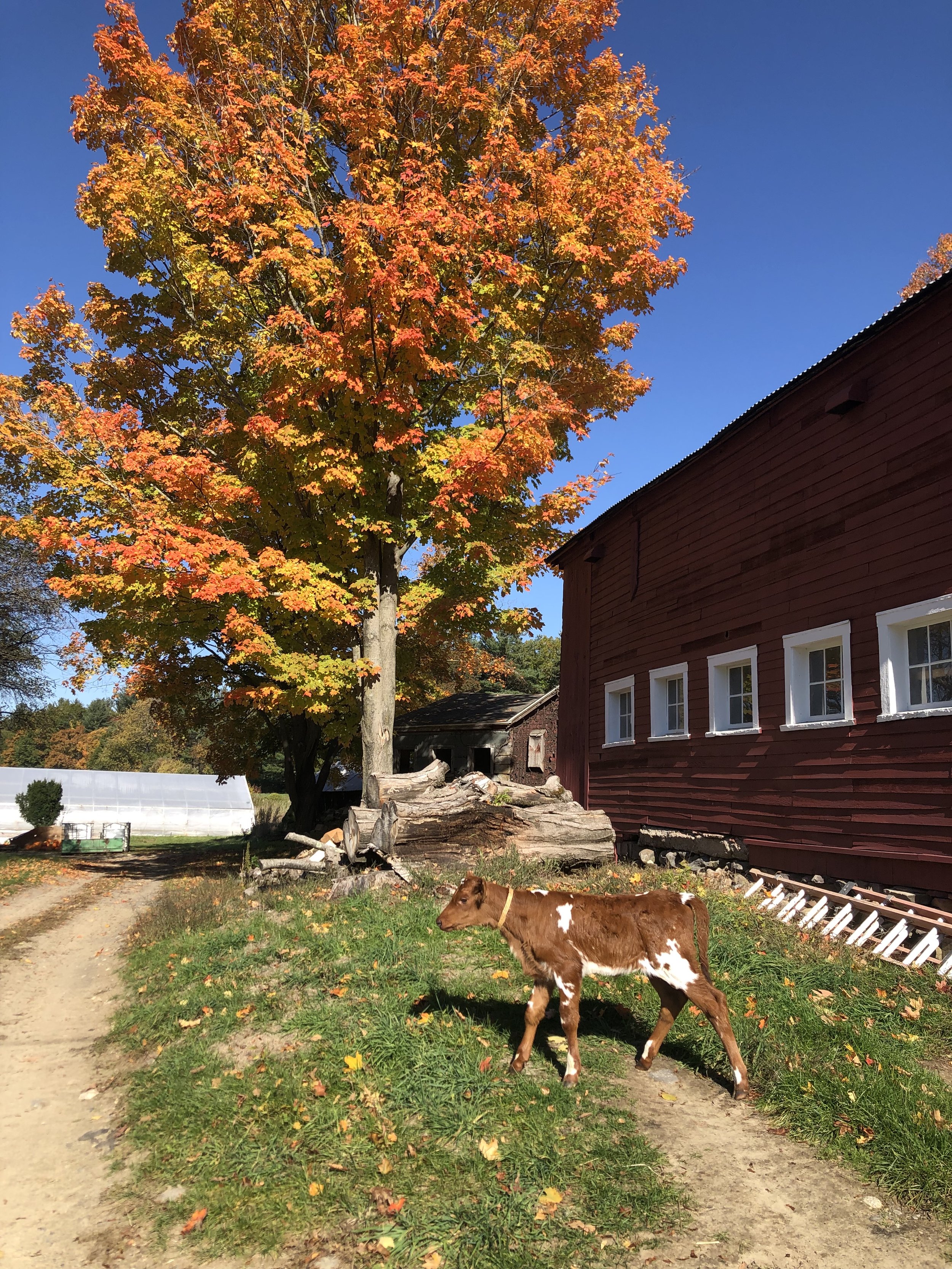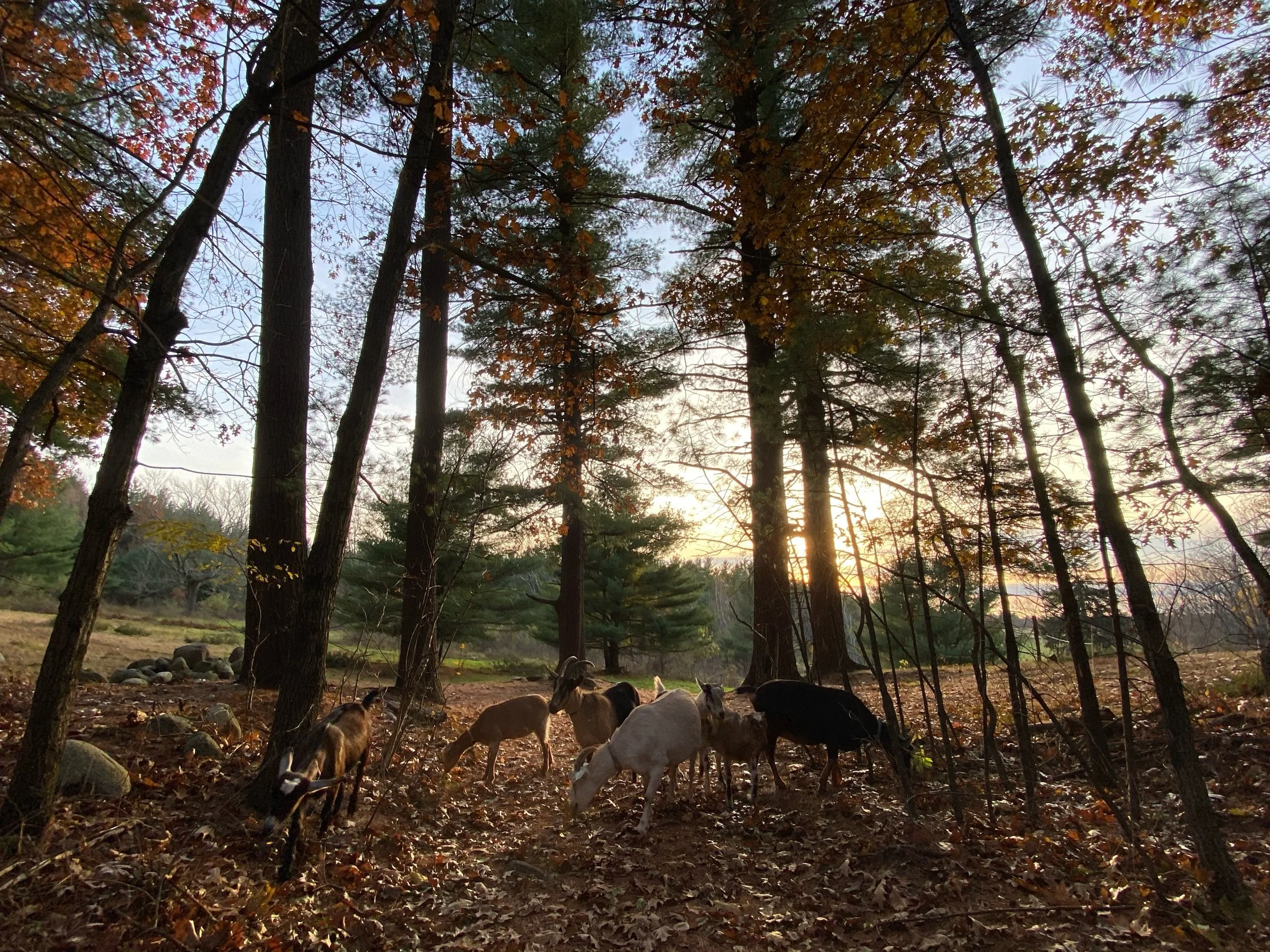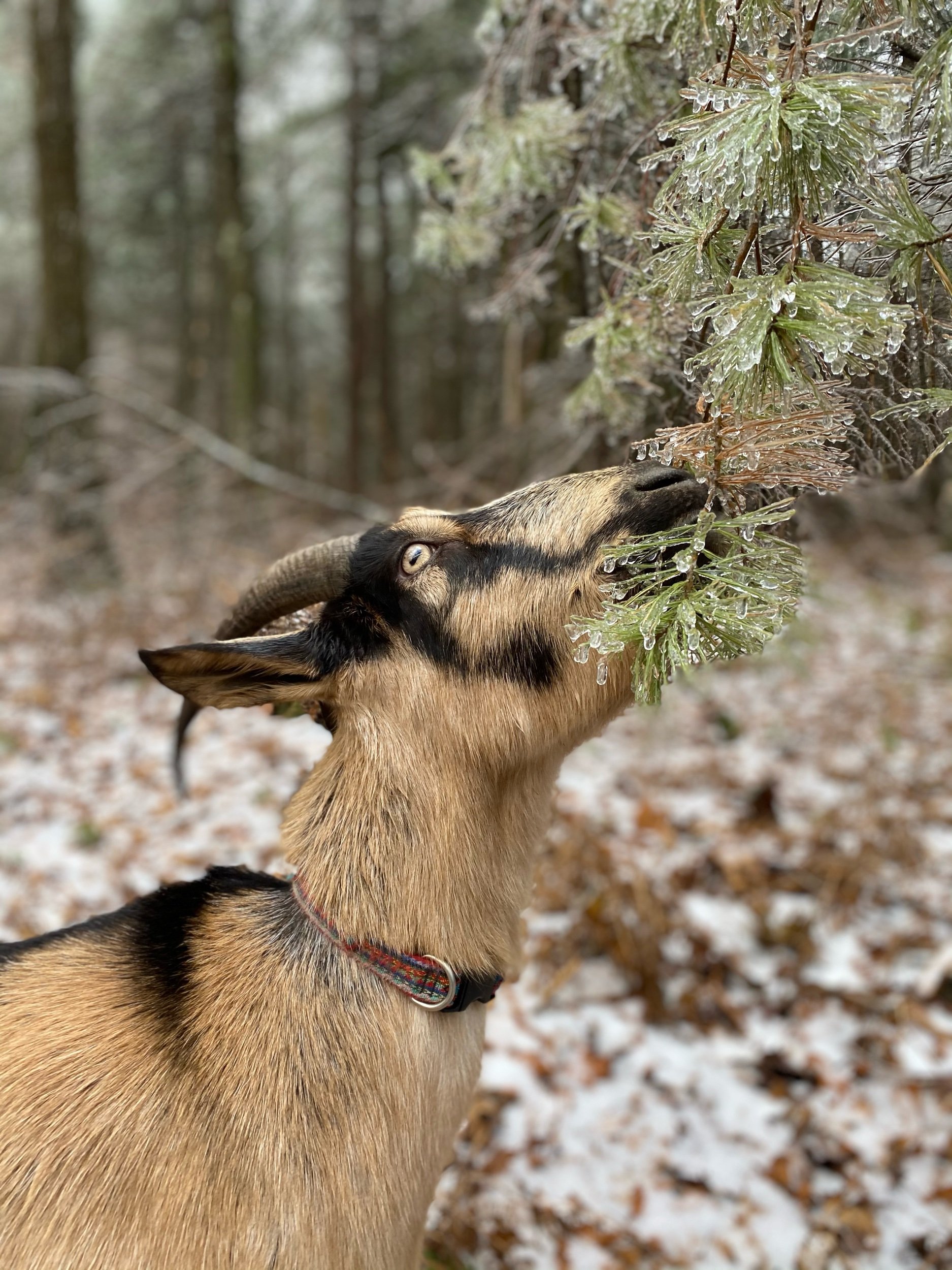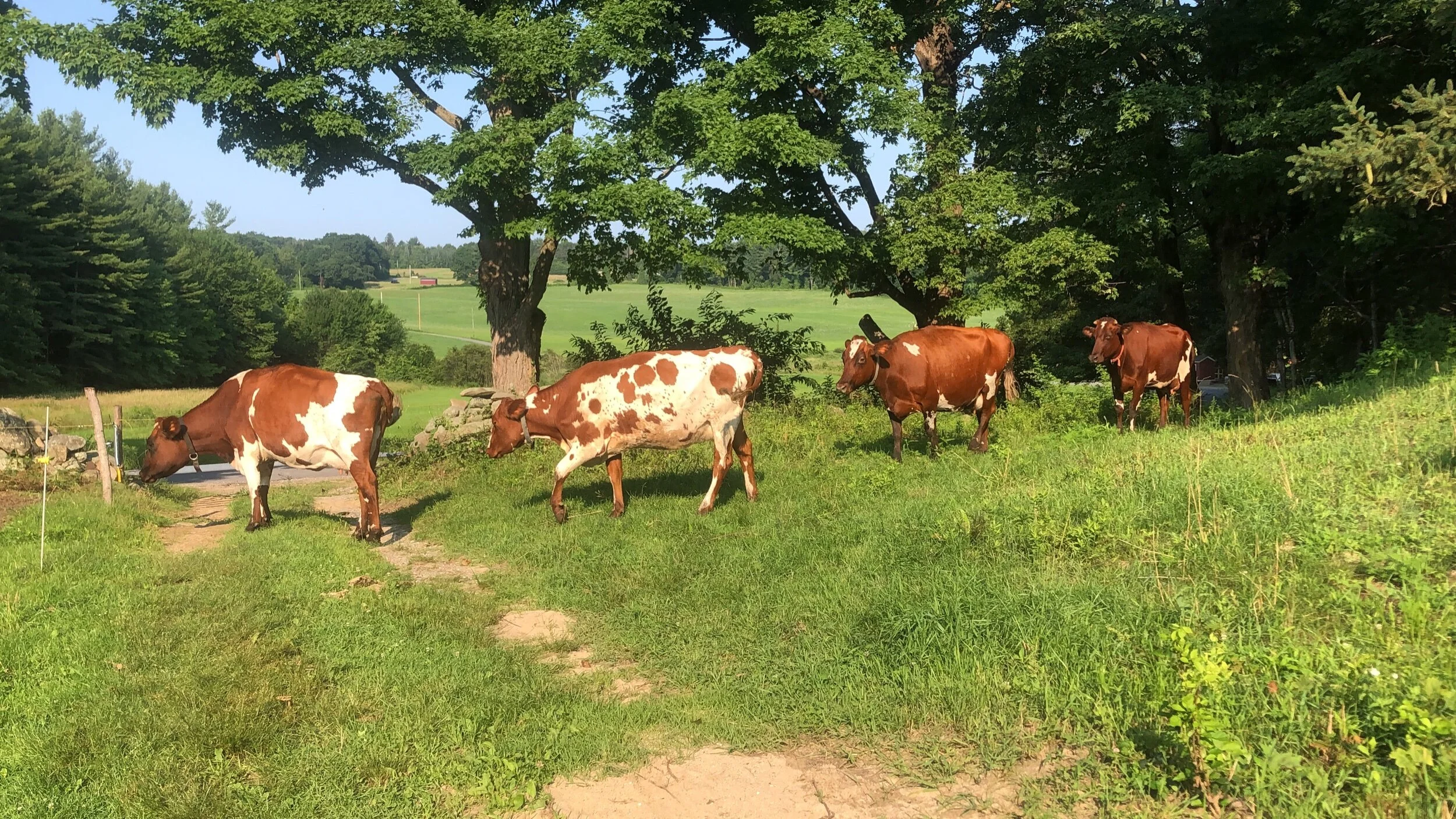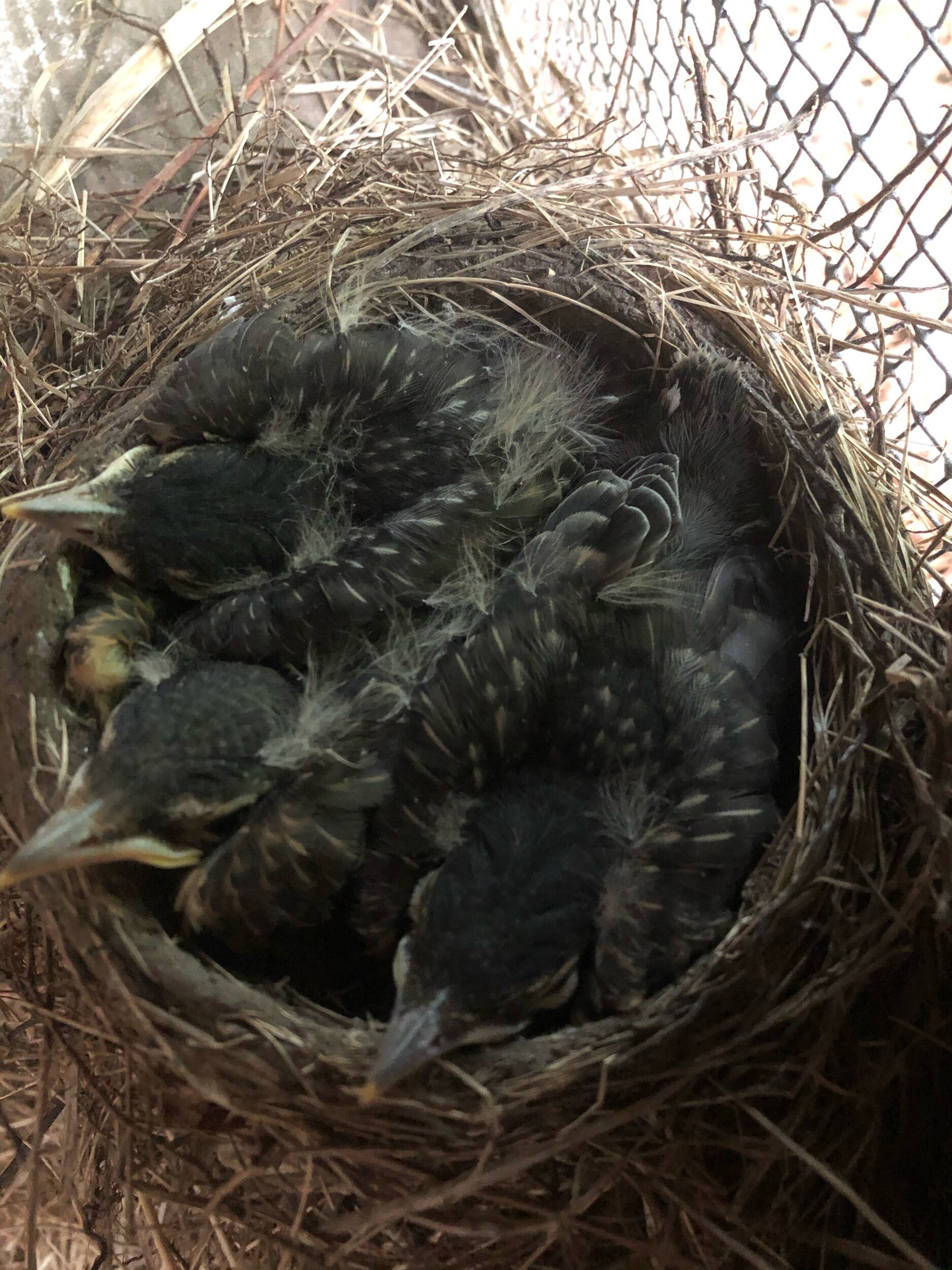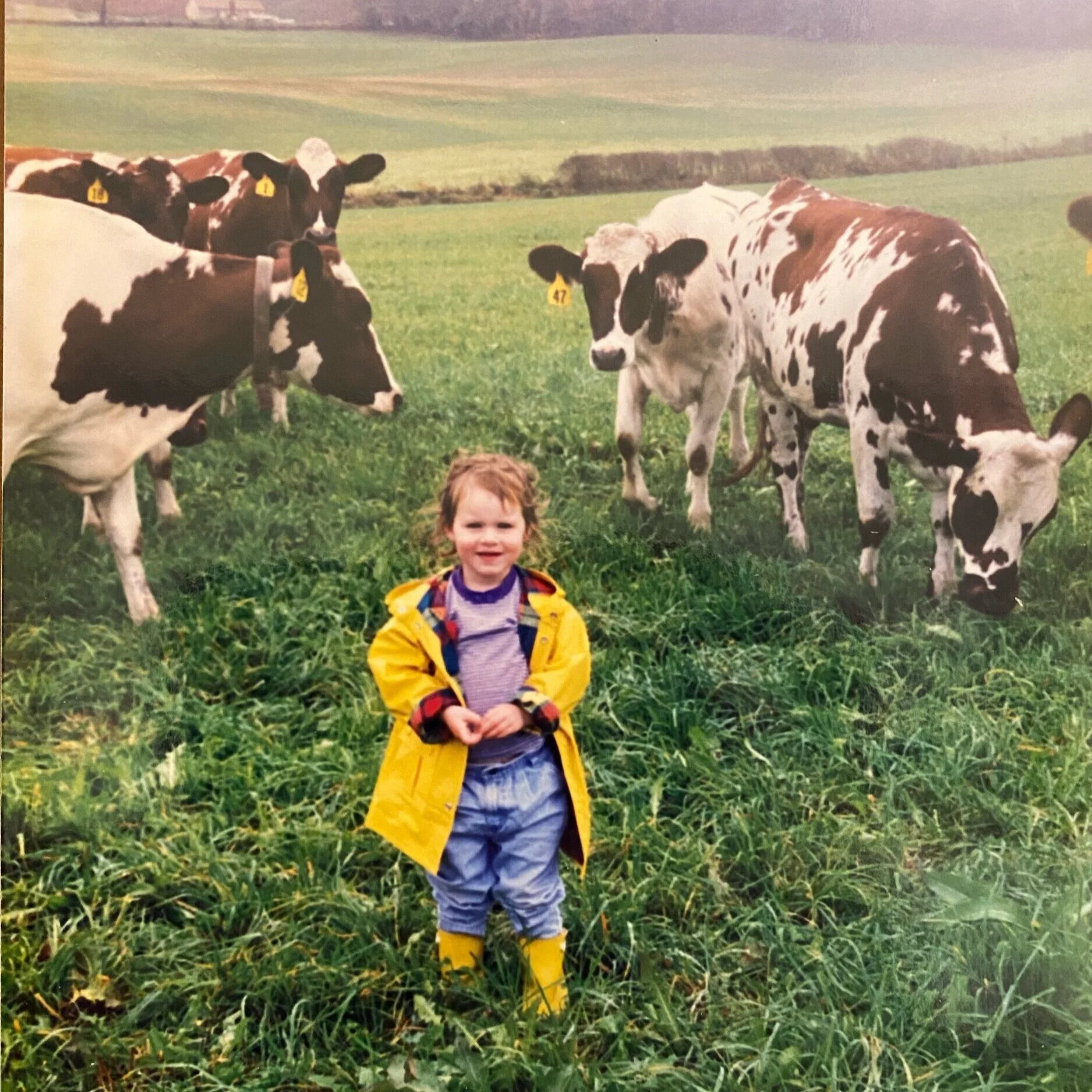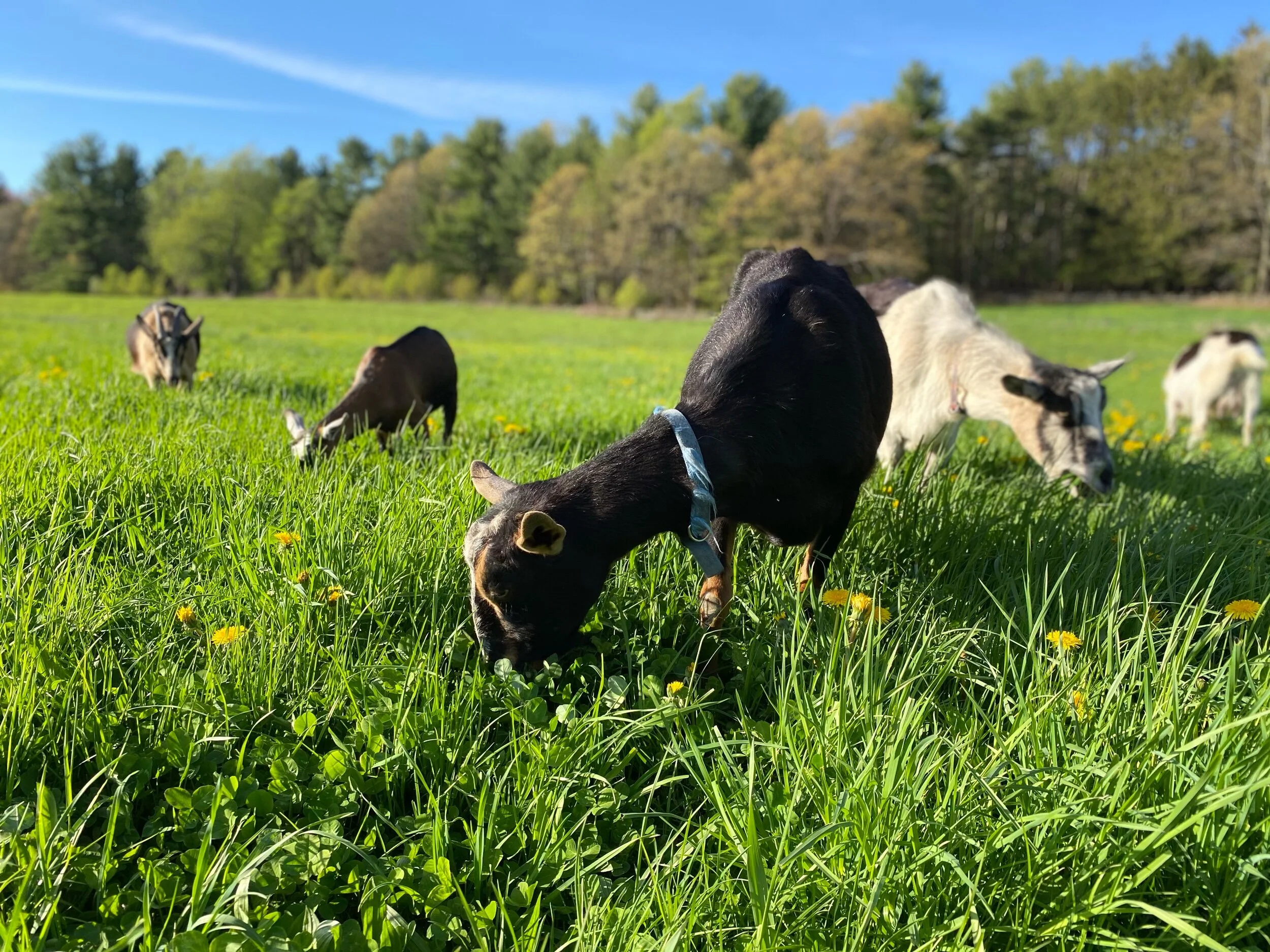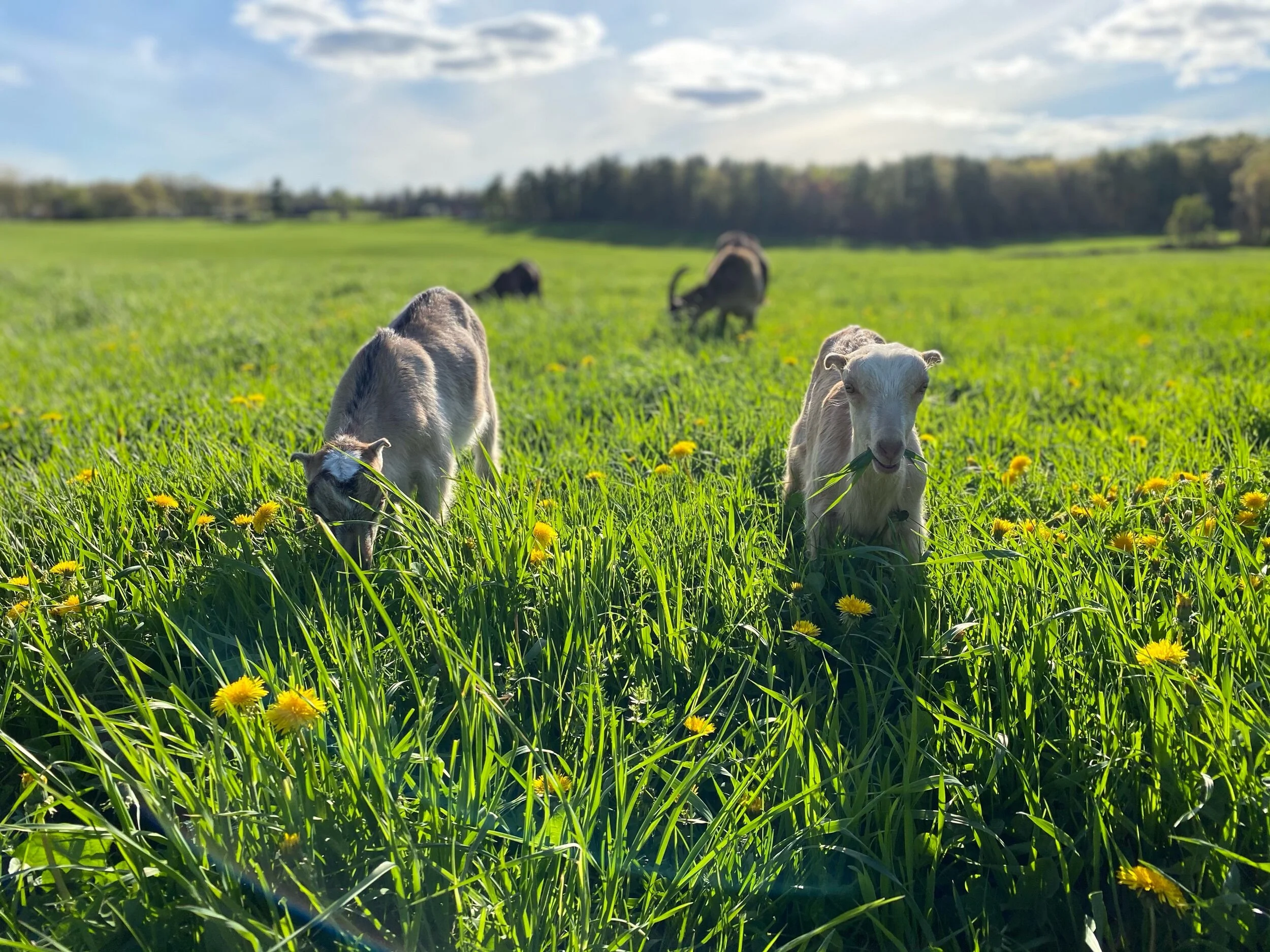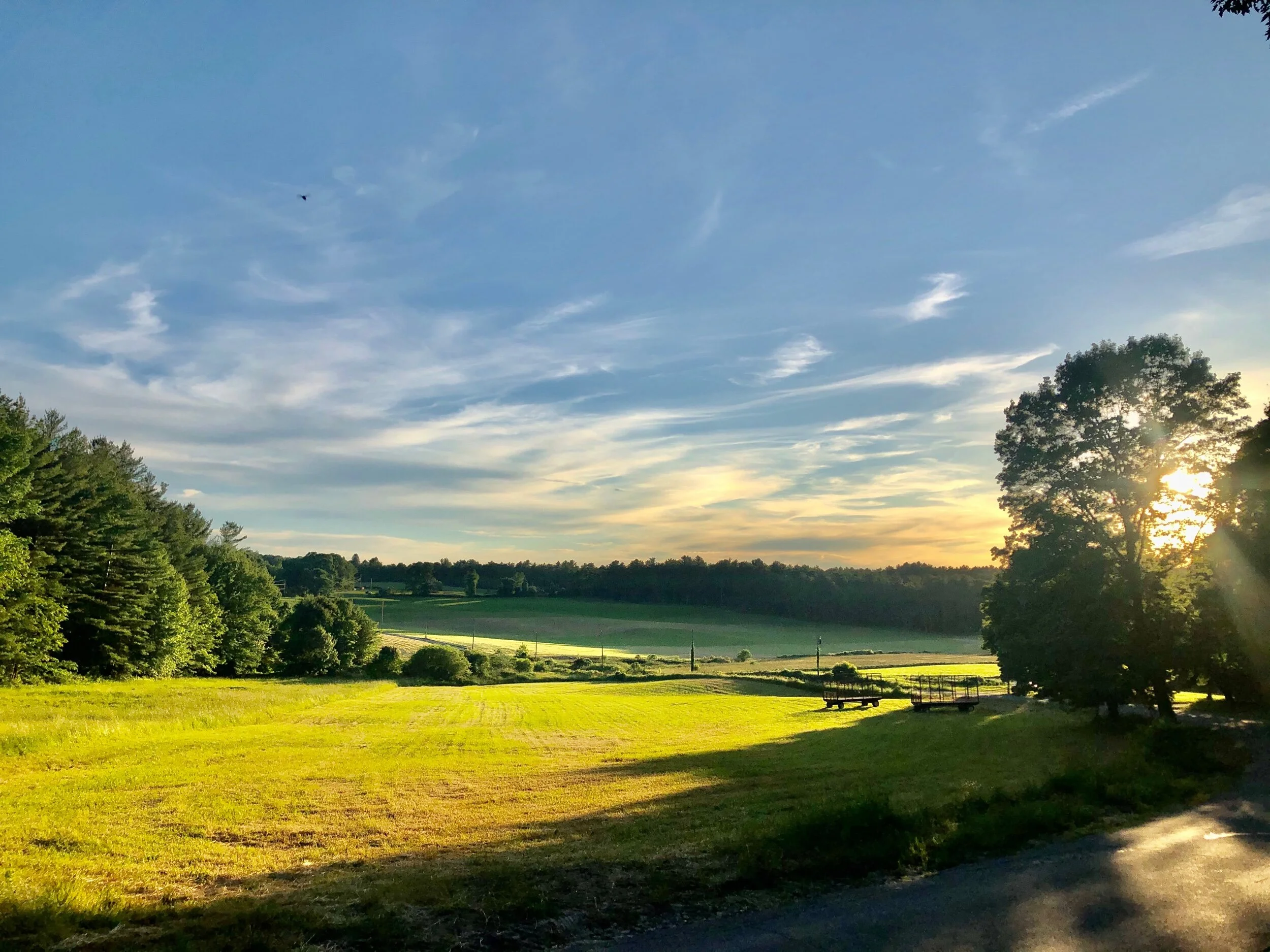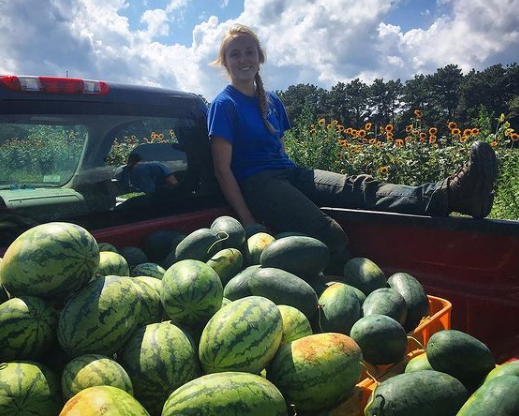Polly is a really special cow on our farm. She was one of the first two cows I bought in 2021 when I began my micro-dairy journey. Since the very beginning she has been the herd matriarch. Polly is calm but confident. Gentle, but always in the lead. The other cows all know this, respect her, and look to her for guidance on herd behavior.
Her calving stories over the past three years have not had happy endings. If you’ve been following along with our farm for awhile, you may remember the stillborn bull calf she had in late 2021. Then again in 2023, just weeks after I gave birth to my own son, she had another bull calf that only lived for a few hours after birth. Polly is a massive cow and in turn grows huge babies, often going a week or more beyond her due date. One would think that a big, robust calf is a good thing, but squeezing through a birth canal takes an immense toll on a big calf’s body.
I was anxious for this birth. Given her history, I desperately wanted this one to go well. She and I both needed that win. Her due date was the 19th, and of course that came and went with no signs of impending labor. Her udder was growing bigger (bagging up, as it’s called), her tail head ligaments softening. On Saturday the 25th as I finished up my evening barn chores, she was laying in the pen making low, repetitive moans. She had some clear mucus coming out of her vagina and I thought for sure that would be the night. I went back to the barn multiple times that night to see if she was making any progress. No baby by morning.
The next few days were much of the same. On Tuesday the 28th I was convinced she was ready to pop. She was eating snow off the ground (I imagine a similar satisfaction to women eating ice chips during labor), and moaning as she walked around. Her udder was bulging at this point. When I went to bring the cows into the barn for evening milking, they were all standing at the barn gate, except for Polly. I walked back out into the pasture to find her, certain I would see a calf beginning to emerge. Nothing. I walked her slowly back to the barn, certain that tonight would be the night.
I got Polly comfortably settled into the calving pen and headed home for the night. I set my alarm for 11pm. Nighttime calving checks are quite a commitment for me, involving loading a sleepy toddler into the truck and driving 10 minutes across town to the farm. I slept right through my 11pm alarms, exhausted from the last few days of calving anxiety. I woke up at 3am with fears of Polly stuck in an arduous labor.
I arrived at the farm and could see into the calving pen from where I had parked my truck. Polly looked calm as could be, standing in the pen with seemingly not a care in the world. My heart sank. Still no baby, I thought. I walked into the barn and came across the most perplexing sight.
To my surprise, there was what looked like a placenta on the ground behind Polly. I saw no calf, though. My mind started to race… is it possible for a cow to birth a placenta before the calf??? Oh no, what if there is some sort of problem and there is a decaying calf corpse stuck inside of her. I had visions of having to call the vet first thing in the morning to help pull calf parts out. Polly seemed so clean and healthy though, surely her body would be in some level of distress if there was still a calf stuck inside her.
Then I started to look for a missing calf. I turned over hay in the pen, knowing sure well that calves are big animals and there’s no way it could be covered by the thin layer of hay on the ground. I looked around the other cows in the barn. They weren’t hiding a calf beside them. I shone my headlamp into the barnyard next to the calving pen. Sometimes calves will slip under the gate and end up stuck out there. There was a fresh inch or more of snow on the ground and not a single track in the barn yard. And surely Polly would be bellowing if her calf ended up out there??
I looked everywhere. Thought of every possible scenario. I decided to do a lap around the barnyard to see if I could find any possible evidence. I got to the farthest corner from the calving pen and a dark blob wobbled out of the shadows in front of me. A BABY COW!!
This sweet peanut gave out a little bellow and ambled right up to me. It had wet hair and was covered in icicles. Surely it had been out there for quite some time, given that there were no tracks in the snow. I was dumbfounded. I could not believe this calf was so healthy looking and able to stand and walk, despite having been out in the cold and snow without the protective comfort of it’s mama.
First thing I did after realizing the calf was okay was check to see if it was a male or female. This is a dairy, we’re always hoping for females. Especially from such a great cow like Polly, whose genetics I’d love to carry on through future generations.
To my absolute shock and delight, she’s a heifer!!! After Polly’s last two bull calves, and having gone a week overdue again, I thought for sure it would be another male. And this is one strong willed little lady to have survived the first few hours of life out in the cold, snowy barn yard by herself. She has really great instincts. She hid underneath a covering while alone, and came out to me as I was near to her.
I pulled her back to the pen with her mama, and Polly instantly became attentive to her and started to lick her dry. Overnight she nursed on her own, which was also another great sign of a good, healthy calf.
Polly and baby, who I think I will name Primrose, are doing fantastic so far. You’ll notice in the photo above that the calf’s back hoof is bent under. That is not unusual for calves after being curled up in the womb, and will naturally stretch itself back into proper position over time. Polly didn’t put up a fuss when I milked her this morning. She went outside with the rest of the cows to eat breakfast. Little miss drank a bottle and a half of colostrum, which was another great win. They will reunite in the barn this evening.
I ended my blog post of Polly’s 2021 calving story with the following words, and I feel it’s appropriate to do the same here:
As unexceptional as death is on a farm, life is cherished. Perhaps we hold life so close because we know death is never far.
While the outcome is very different this time, the sentiment is certainly the same. I am so incredibly grateful for this beautiful new life now among us.




